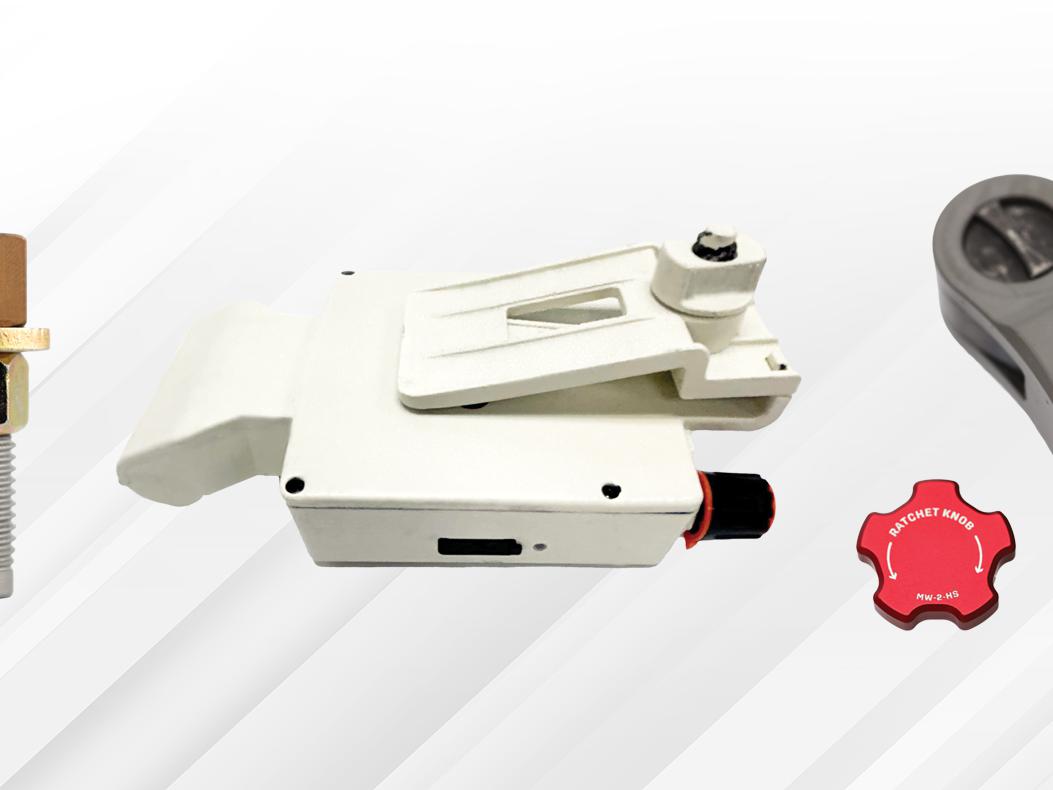Ask The Experts: Batteries
When choosing a battery, racers should consider future modifications and their potential impact on battery performance. As such, the team from XS Power Batteries recommends choosing the largest battery that can comfortably work in a build.
Sizing? Voltage? Charging? Advise customers on the proper selection and care of their race car batteries year-round.
For February’s installment of “Ask the Experts” we caught up with specialists in the battery category to uncover their most frequently asked questions about these unsung heroes of the race track. Contributing to this month’s column are experts from Braille Battery in Sarasota, Florida; Optima Batteries in Milwaukee, Wisconsin; and XS Power Batteries in Knoxville, Tennessee.
How do I choose the “right” battery?
“First decide what the realistic goals of the build are, both short- and long-term,” said Brady Basner of XS Power Batteries. “Today’s 12-second street car could easily be an eight-second car in the future, and future modifications can have a huge effect on the right battery setup. We always recommend the largest battery that can comfortably work in a build. While a three-pound battery will do the job, a five-pound battery will work longer and allow room for growth.”
Gary Savage of Braille Battery noted that “power, capacity, size, and weight are all connected in any lead battery, so it’s critical to make sure you have enough capacity (not just cranking amps) to do the job.” Lithium batteries, by comparison, “offer the most weight savings, more cranking power, improved electrical performance, and much longer life. It’s typical for a 12- or 16-volt lithium battery weighing around 10 pounds to do the job of a lead/AGM battery weighing 40 to 50 pounds.” But like all parts, “there are economy-, standard- and professional-grade lithium batteries. They are a perfect example of ‘you get what you pay for’ regarding performance, reliability, and life.”
Savage also cautioned that “not all lithium batteries can handle ‘total-loss’ applications”—those without an onboard charging system. “Check with the battery manufacturer to ensure a certain model will work for a given application.”
“Race cars without alternators and those using underdrive pulleys should use a battery with enough cranking amps to start the engine, but that are also designed and warrantied for deep-cycle use,” said Optima’s Jim McIlvaine. “Even some race cars with charging systems might be better served with a deep-cycle battery, just in case an alternator or belt fails during a race and electrical demands need to be supplied by the battery.”
Should I use a 16-volt battery?
“The main reason most racers swap to 16 volts is for cranking power,” said XS Power Batteries’ Jed Emert, who drives a dirt late model. “The extra voltage spins the starter and motor over much faster, which allows for easier starting.”
A 16-volt battery can be used in cars with and without onboard charging but has benefits in a total-loss system, Basner said. “For example, on a dirt late model, the biggest draw is typically starting the engine. Once the car is running, the electrical load is minimal.” As the race progresses and the battery discharges, “the ignition system may only be drawing 5 amps, but it requires at least 12 volts. A discharging 12-volt battery may have 50 amps of total capacity left, but voltage may be at 11.5, and the car doesn’t run correctly. In the same scenario, a 16-volt battery may have 20 amps of total capacity left, but voltage is 15.5, so the ignition has the voltage it needs.”
While lead batteries drop in voltage as they discharge, “the flat discharge curve of a 16-volt lithium battery allows you to run with or without an alternator,” Savage pointed out. “You can use all of the capacity of a lithium battery and still be at a constant voltage.”
What’s the best way to take care of a battery?
“We recommend keeping batteries properly maintained with a quality battery maintenance device whenever they are not being used,” McIlvaine said. “While Optima offers both a charger and a maintainer, most chargers on the market will work fine on Optima batteries. We do recommend avoiding ‘gel’ or confusing ‘gel/AGM’ charger settings, as AGM batteries are not gel batteries. Charger settings for gel batteries may not fully charge non-gel batteries and could damage them over time.”
“Customers who have a consistent charging regimen during race season and during the offseason have a far greater rate of success with batteries than those who do not,” said Emert. “When maintained properly, we expect every customer to get several seasons out of a battery.
“During race season, make sure the batteries are fully charged and ready to go the night prior to each race,” Emert continued. “If you are attending an event consisting of several days or numerous heavy pulls on the battery, take the charger with you to the races and charge when you’re able to ensure that you are always using the battery from a 100-percent state of charge.”
During the offseason, “charge the battery every two to three weeks to keep the battery ‘topped off’ and ready to go once race season starts again,” Emert concluded.
SOURCES
–
Braille Battery
braillebattery.com
Optima Batteries
optimabatteries.com
XS Power Batteries
4xspower.com
 MEMBERSHIP LOGIN
MEMBERSHIP LOGIN JOIN PRI
JOIN PRI


